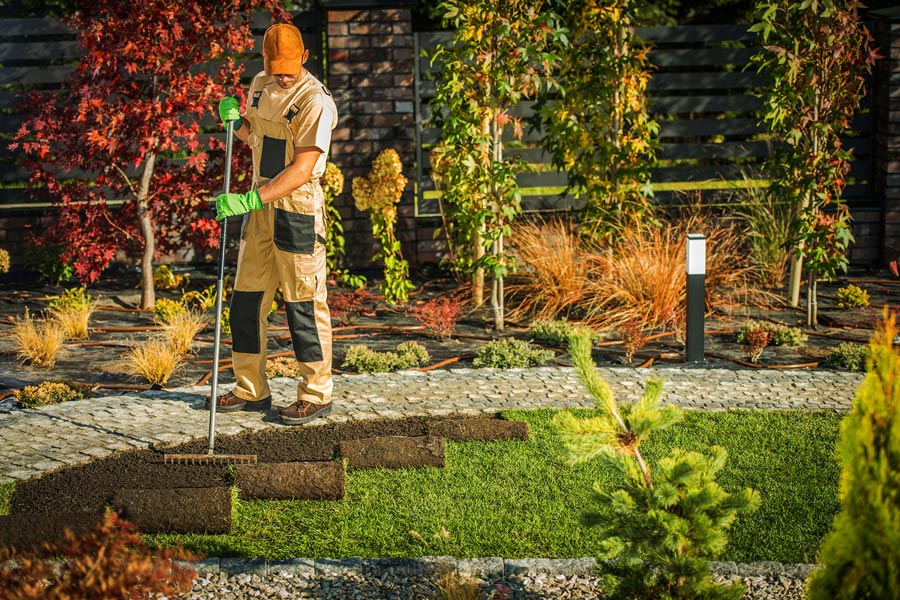As the summer sun blazes down, maintaining a vibrant garden becomes a real challenge. Mulch can be a gardener’s best friend during these hot months, acting as a secret weapon that nurtures the garden from the ground up. This essential garden ally not only retains moisture but also suppresses weeds and regulates soil temperature, making it indispensable for promoting healthy soil and plant growth. Let’s dig into how you can leverage mulch effectively to transform your summer garden into a lush, flourishing oasis.
Understanding the Benefits of Mulch
Mulching is more than just a garden chore; it’s a strategy. It conserves crucial soil moisture, keeping the water well-locked in the soil where plants can access it during scorching days. This moisture retention is vital for plant health, especially when water restrictions come into play. Beyond moisture, mulch significantly reduces weed proliferation by blocking sunlight from reaching the soil, helping keep those pesky invaders at bay. Additionally, it acts as a natural insulator, stabilizing soil temperature and protecting roots from extreme summer heat and the chill of cooler nights.
Choosing the Right Mulch Materials
Selecting the right type of mulch is crucial, and the variety is wide. Organic mulches like wood chips, straw, and compost enrich the soil as they decompose, thereby improving soil structure and fertility. They are ideal for gardeners who are also looking to enhance soil health. In contrast, inorganic mulches such as gravel and pebbles may be better suited for areas requiring good drainage and less frequent updates. Each type has its unique benefits and aesthetics, so consider what your garden needs most when making your choice.
Proper Mulching Techniques
Effective mulching is all about technique. To start, ensure that you’re applying mulch to a weed-free area to prevent trapping weed seeds beneath it, which could sprout later. A layer of about 2-3 inches is generally recommended, but be mindful to keep the mulch from directly touching plant stems or tree trunks to avoid rot and pest issues. This buffer zone is critical in preventing moisture buildup right against the plant material, which can lead to decay and disease.
Mulch Maintenance and Renewal
Like any aspect of gardening, mulch requires maintenance. Throughout the summer, check your mulch for signs of compaction or depletion and fluff or replenish as needed. This not only keeps it looking fresh but also ensures it continues to perform its job effectively. An annual renewal of mulch is typical, but monitor your garden’s specific needs, as high-traffic areas might need more frequent attention.
Mulching Strategies for Specific Garden Areas
Tailor your mulching technique to fit different areas of the garden. In flower beds, a lighter, more decorative mulch might be appropriate, whereas in vegetable gardens, a nutrient-rich organic mulch like compost could serve dual purposes by mulching and feeding. Around trees and shrubs, a ring of mulch can help retain water and reduce temperature fluctuations, but remember to leave that crucial gap around the base!
Addressing Common Mulching Mistakes
Awareness of common mulching errors can save a lot of trouble. Over-mulching can suffocate plants and roots, leading to poor growth and even death. Similarly, the wrong type of mulch can affect soil pH and plant health. For example, highly acidic mulch like pine needles may not be suitable for all plants. Stay informed and observant of how your garden responds to different mulching materials and techniques.
Conclusion
Employing effective mulching techniques can significantly transform your summer garden, turning it into a thriving, healthy landscape even under the harsh conditions of summer. By understanding the benefits and applying the right methods, you can maximize moisture retention, keep weeds at bay, and ensure your plants receive just the right amount of care they need to flourish. So grab that mulch and get to work—your garden will thank you with vibrant growth and stunning blooms all season long!



